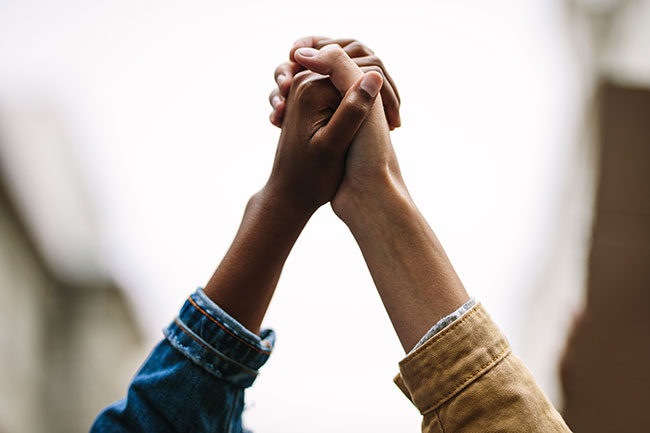

Columns/Blogs
Features
Diversity & Inclusion
Being a representative of representation in the workplace
By Jason Murray
 Photo: Jacob Lund/Adobe Stock
Photo: Jacob Lund/Adobe Stock The world is in need of change.
Lives — Black lives and Indigenous lives — are being erased by systems meant to protect, leaving communities shook.
Organizations — once leveraging social media to market their goods and services for repute and financial gain — find themselves with hundreds, thousands, or even millions of followers now interested in learning about their opinions and pluralistic makeup of decision-making teams before engaging with said organizations.
In addition to the incredibly courageous work of movements such as Black Lives Matter, the creation of the BlackNorth Initiative — and the hundreds of companies that have pledged to increase the representation of Black people on senior teams — will purge these forces holding the world back from social progress.
Advertisement
And whether we’re conscious to this or not, we all want a better world. We do!
If senior workplace leaders want to strengthen company culture for Black and Indigenous colleagues in particular, they’ll want to keep belonging and intentionality top of mind.
Inclusion vs. belonging
It’s important for leaders and organizations to understand the distinction between inclusion and belonging.
In companies, it is important for underrepresented groups to get a clear sense they are integrated, that they can bring their whole selves to their work environment, and that their opinions, contributions and unique lived experiences are embraced.
Remember, it wasn’t long ago that members of the LGBTQ+ community were fired from jobs if discovered. Black people were once excluded from machine work during the Industrial Revolution, as well as service work when clerical settings began to emerge.
When team members feel they can be their unique and authenticate selves — and a company puts forward policies and intentional messaging in support of all of this while bringing more representation into the fold — everyone brings the best of themselves and everyone gains.
Be intentional on representation
While it’s great to be well-intentioned and well-meaning, communities are looking for companies to demonstrate that they’re making tangible changes.
In terms of company policies, anti-harassment and non-discrimination, employee code of conduct, and equal opportunity guidelines are important for companies to include in their catalogue of HR policies.
Such policies should be easily accessible to employees, and their effectiveness should continually be measured.
With respect to hiring, companies should ensure job descriptions are welcoming to underrepresented groups.
They should be intentional about sourcing BIPOC talent and should proactively look to attract members of the BIPOC community to senior teams, thereby ensuring a cadre of decision makers that mirror the global population they serve and/or engage with.
Over the last number of years, companies have been more intentional about gender parity on senior teams. Not only is this the right thing to do, it’s good for business.
We need to take a page out of that playbook and do the same as it relates to the representation of Black and Indigenous people, as well as other underrepresented communities.
One of the most effective ways that we learn as humans is through seeing.
By being intentional about representation on decision-making teams and by seeing more diversity within our workplaces, the better we’ll be for it as individuals — as individuals that relate to one another, and as individuals doing our part to create systemic change in the world.
 Jason Murray is president and managing partner of BIPOC Executive Search in Toronto.
Jason Murray is president and managing partner of BIPOC Executive Search in Toronto.
Print this page